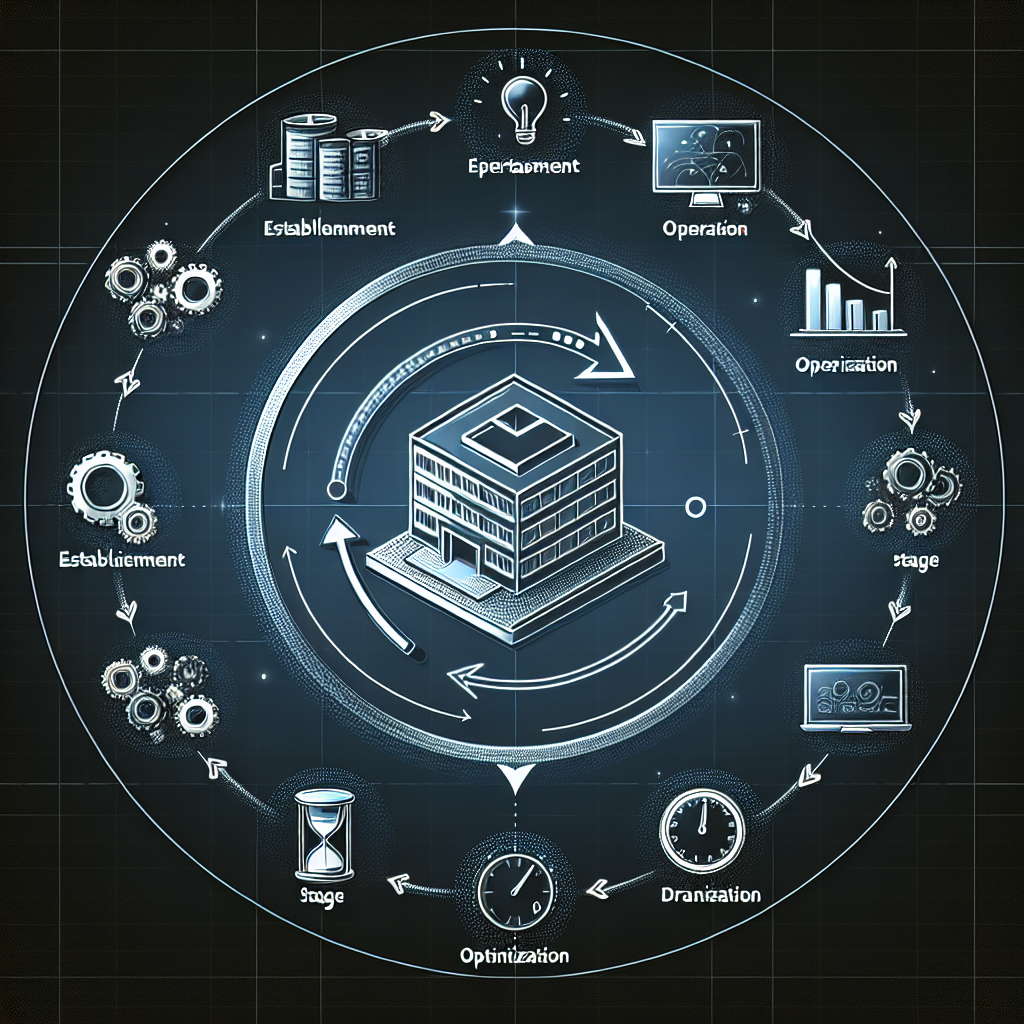In today’s digital age, data centers play a crucial role in the operations of businesses and organizations of all sizes. From storing and processing data to hosting critical applications and services, data centers are the backbone of modern IT infrastructure. However, building and managing a data center is no easy task. It requires careful planning, implementation, and ongoing maintenance to ensure optimal performance and efficiency.
To help organizations navigate the data center lifecycle successfully, it is important to follow best practices and guidelines that can help streamline the process and mitigate potential risks. Below are some key best practices for success in managing the data center lifecycle:
1. Define clear goals and objectives: Before embarking on any data center project, it is important to define clear goals and objectives. This includes determining the purpose of the data center, the expected performance requirements, and the budget constraints. By setting clear objectives from the outset, organizations can ensure that the data center project is aligned with their business needs and strategic priorities.
2. Conduct a thorough needs assessment: A needs assessment is essential for determining the specific requirements of the data center, including the amount of storage and processing power needed, the cooling and power requirements, and the security and compliance considerations. By conducting a thorough needs assessment, organizations can avoid overprovisioning or underprovisioning their data center, leading to unnecessary costs or performance issues.
3. Plan for scalability and flexibility: In today’s rapidly evolving business environment, scalability and flexibility are key considerations for any data center project. Organizations should plan for future growth and expansion by designing a data center that can easily scale to accommodate increased demand and new technologies. This includes adopting modular and flexible infrastructure solutions that can be easily upgraded or expanded as needed.
4. Implement best practices for data center design and construction: When designing and building a data center, it is important to adhere to industry best practices and standards to ensure optimal performance, reliability, and efficiency. This includes following guidelines for data center layout, power and cooling distribution, cable management, and rack placement. By implementing best practices for data center design and construction, organizations can minimize the risk of downtime and ensure the longevity of their infrastructure.
5. Regularly monitor and optimize data center performance: Once the data center is up and running, it is essential to regularly monitor and optimize its performance to ensure optimal efficiency and reliability. This includes monitoring key performance metrics, such as power usage, cooling efficiency, and server utilization, and making adjustments as needed to improve performance and reduce energy consumption. By proactively monitoring and optimizing data center performance, organizations can maximize the return on their investment and avoid costly downtime.
In conclusion, navigating the data center lifecycle requires careful planning, implementation, and ongoing maintenance to ensure success. By following best practices for defining goals, conducting a needs assessment, planning for scalability and flexibility, implementing best practices for design and construction, and regularly monitoring and optimizing performance, organizations can build and manage a data center that meets their business needs and strategic objectives.


Leave a Reply